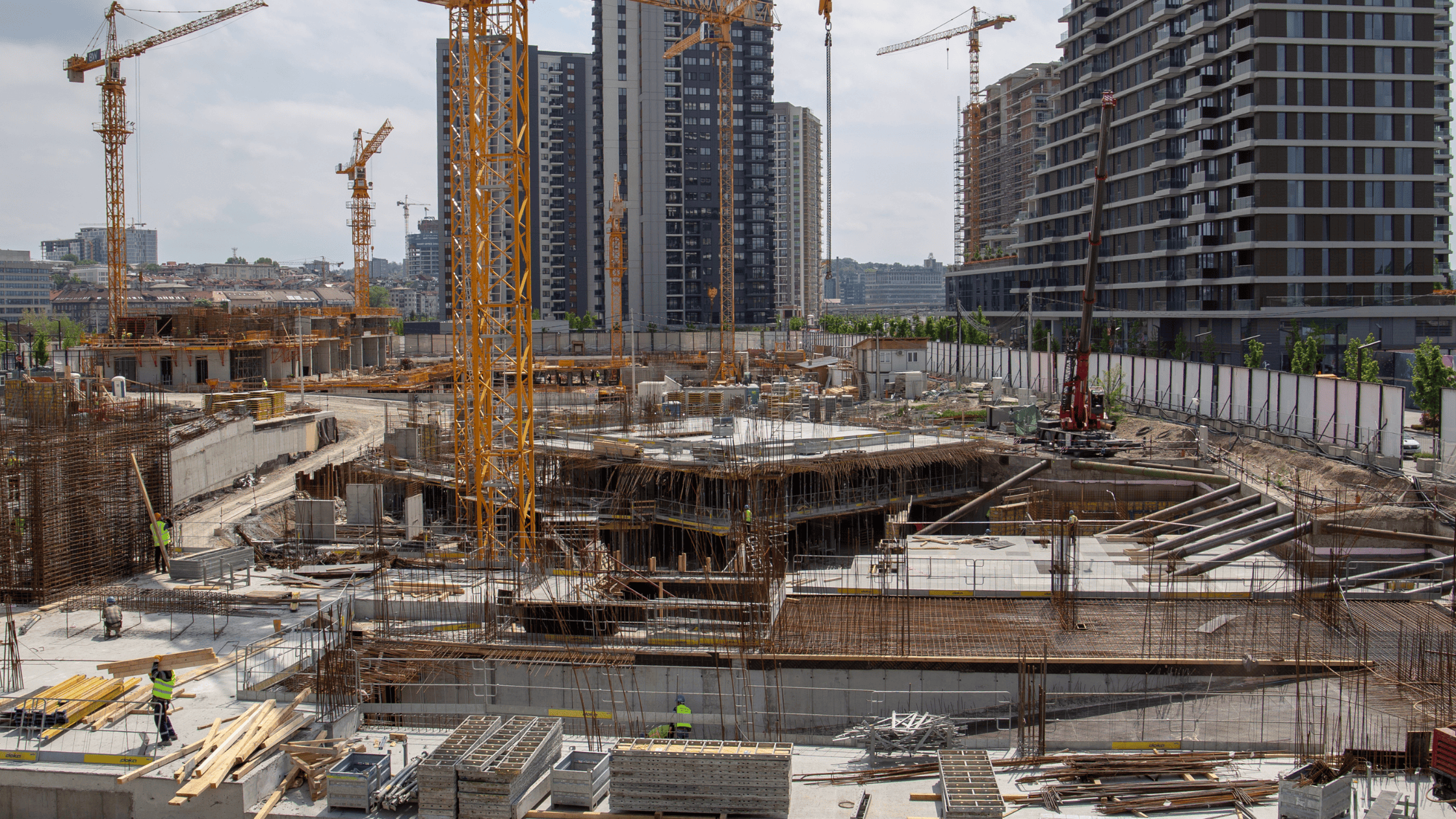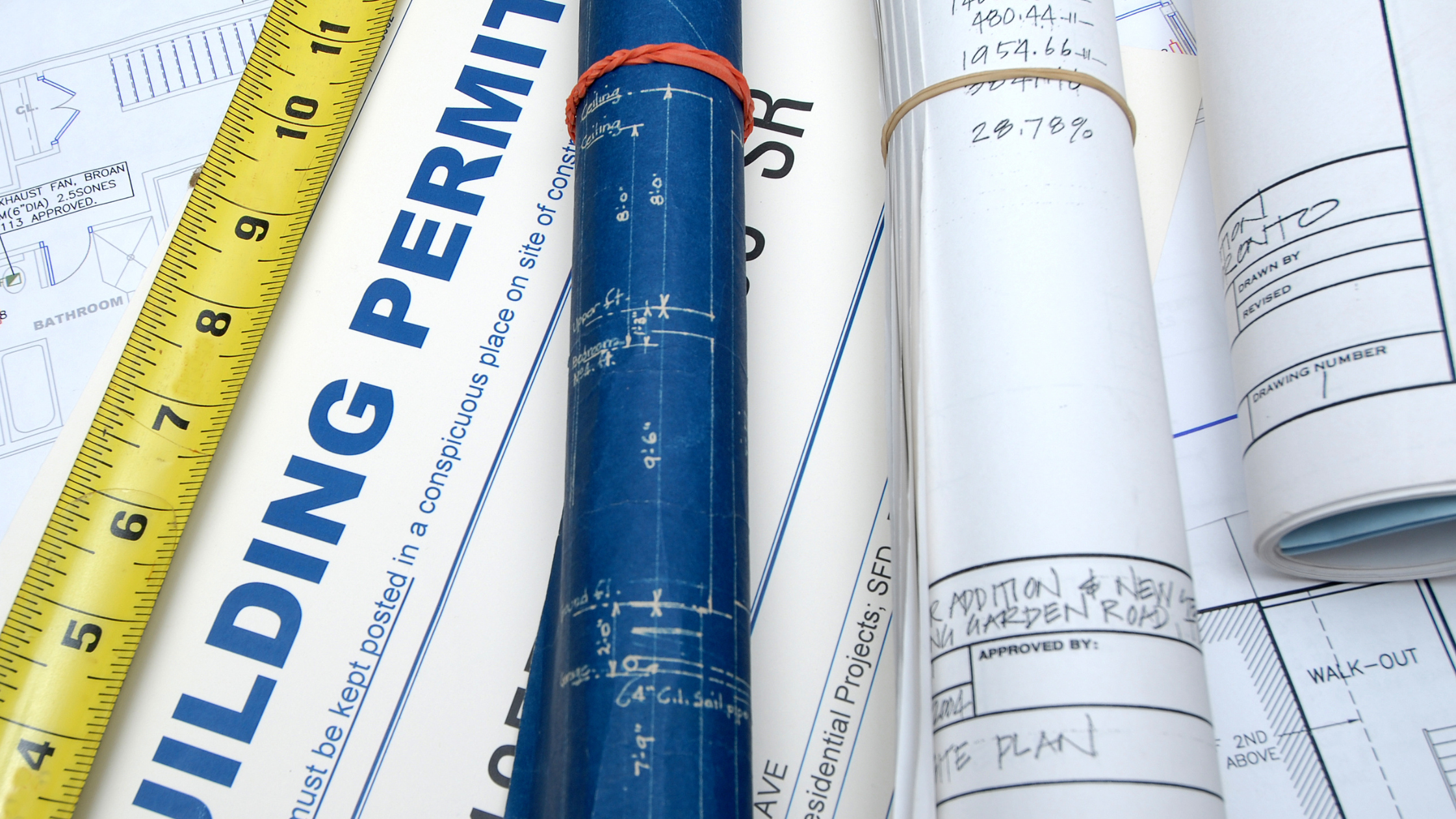Community Engagement Strategies That Turn Opposition Into Project Approval
Introduction: From Resistance to Collaboration
Every major urban project faces scrutiny. Whether it’s new construction, infrastructure upgrades, or industrial expansion, communities are increasingly vocal about their concerns. Noise pollution, traffic disruptions, environmental impact, and quality of life all spark opposition.
But opposition doesn’t have to mean deadlock. With the right community engagement strategies, developers and contractors can transform critics into collaborators and secure faster project approvals. At Urban Solution Group, we’ve seen how proactive communication and inclusive planning can make the difference between stalled projects and successful launches.
Why Community Engagement Matters
Ignoring community concerns is costly:
- Delays and budget overruns due to public hearings, complaints, or legal challenges.
- Damaged reputation for both developers and municipalities.
- Increased regulatory scrutiny when residents escalate issues.
By contrast, meaningful stakeholder engagement builds trust, demonstrates transparency, and helps align projects with community values. In today’s climate, effective engagement is not optional — it’s a vital part of project approval.
Common Reasons for Community Opposition
Before addressing concerns, it’s important to understand them:
- Noise and environmental impact: Residents fear excessive noise levels, dust, or emissions.
- Quality of life disruptions: Construction sites often affect surrounding residential areas with traffic, safety concerns, or loss of green space.
- Lack of information: Communities resist when they feel left out of decision-making.
- Distrust of developers: Past projects may have left a negative legacy.
Community Engagement Strategies That Work
1. Start Engagement Early
- Hold informational meetings before permits are filed.
- Share noise impact assessments, environmental reports, and mitigation strategies.
- Address potential noise sources, background noise, and excessive noise exposure up front.
2. Use Clear, Transparent Communication
- Translate technical terms like “decibels (dBA)” and “noise exposure limits” into everyday language.
- Provide real-time noise monitoring dashboards or public-facing updates.
- Emphasize how noise control measures (like acoustic barriers and soundproofing materials) protect community well-being.
3. Show Visuals and Functionality
- Use renderings or demonstrations of soundproofing enclosures, noise barriers, and acoustic panels to show how the project will function.
- Highlight sustainability goals, such as using sound-absorbing materials and green buffers.
4. Offer Participation Opportunities
- Create community advisory boards for ongoing feedback.
- Encourage stakeholder consultation throughout the construction phase.
- Respond quickly to community noise complaints with clear next steps.
5. Focus on Benefits and Quality of Life
- Frame the project in terms of improving physical health, safety, and quality of life.
- Stress how effective noise control reduces risks like hearing loss, stress, and sleep disturbance.
- Show how the project will ultimately improve infrastructure, jobs, or access to services.
Case Studies: Turning Opposition Into Approval
- Highway Expansion, Midwest U.S.: Initially faced backlash due to predicted high noise levels. By installing acoustic barriers and implementing real-time noise monitoring, the project secured local approval and completed on schedule.
- Data Center Development, East Coast: Residents opposed due to fears of ventilation system noise. Transparent community workshops and a commitment to soundproofing solutions turned opposition into support.
- Urban Redevelopment, Denver: Engagement sessions focused on work environment, sustainability, and noise reduction strategies, helping align with community values and fast-tracking approval.
The Vital Role of Engagement in 2026 and Beyond
As regulations tighten and communities become more involved, engagement is the bridge between industrial activities and urban environments. Future projects will increasingly require:
- Community engagement reports as part of approval packages.
- Transparent noise control strategies backed by data.
- Collaboration between developers, regulators, and residents to align on sustainability goals.
Conclusion: Building Trust, Gaining Approval
Securing project approval in today’s environment requires more than engineering expertise — it requires building trust. With the right community engagement strategies, developers can turn resistance into collaboration, creating projects that respect both urban areas and residential communities.
At Urban Solution Group, we specialize in helping developers design effective noise control strategies and craft engagement approaches that prioritize well-being, functionality, and quality of life. The result? Projects that move forward faster, with community support instead of opposition.
Other Articles

Comparing Noise Barriers: Mitigation Walls vs. Sound Walls vs. Temporary Barriers | Urban Solution Group
Not all noise barriers are the same. Compare mitigation walls, sound walls, and temporary barriers — and learn how Urban Solution Group helps with compliance.
.png)
Environmental Compliance Checklist: Avoiding Costly Mistakes in Urban Projects | Urban Solution Group
Avoid costly permitting delays in urban projects. Use this environmental compliance checklist covering land use, air quality, and construction compliance.

Why Do Compliance Delays Happen? How to Prevent Them in City Permitting | Urban Solution Group
Compliance delays cost projects time and money. Learn why they happen in city permitting and how Urban Solution Group prevents setbacks with proven strategies.
